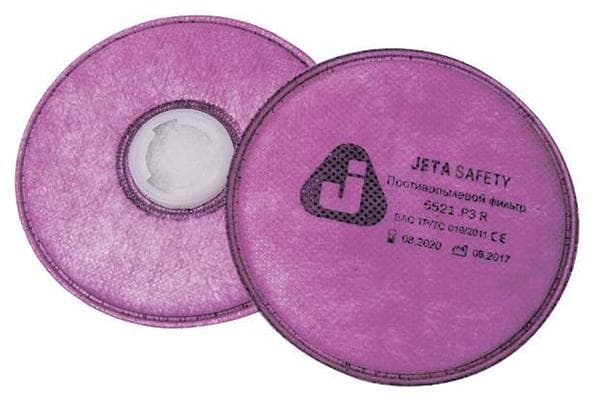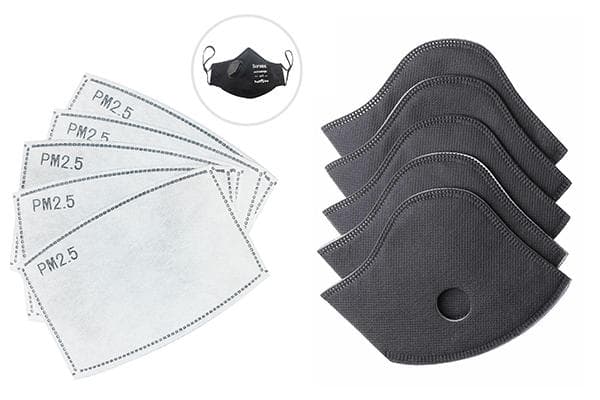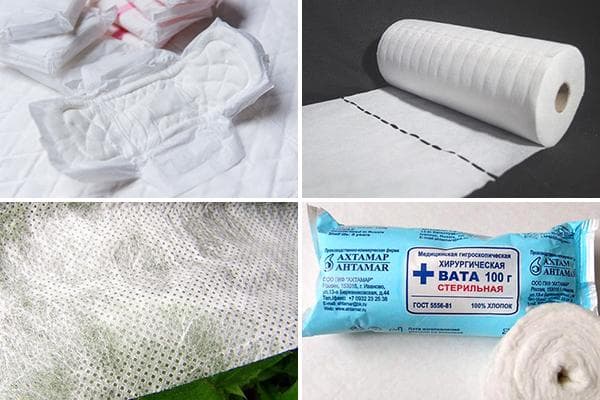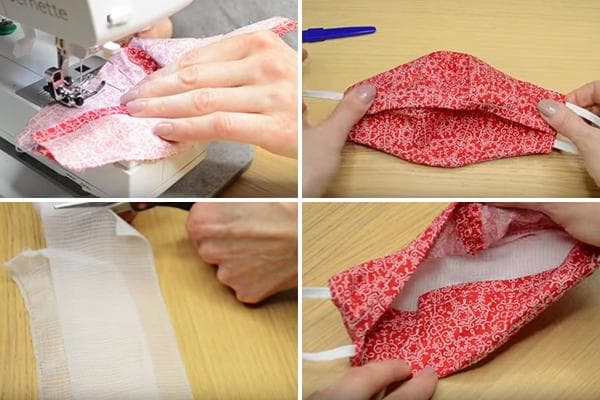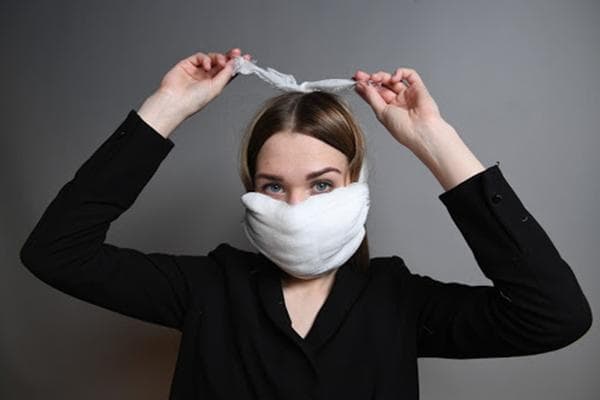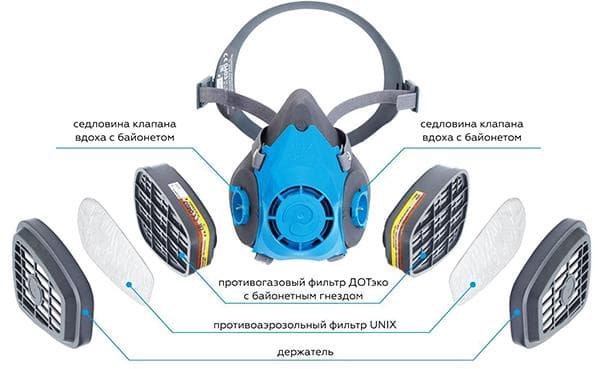Let's strengthen protection: how to make a filter for a mask against viruses?
Due to the coronavirus pandemic, interest in protective masks has increased significantly. Many already know that only a special virus filter can stop the pathogen. But can you do it yourself, and if so, how?
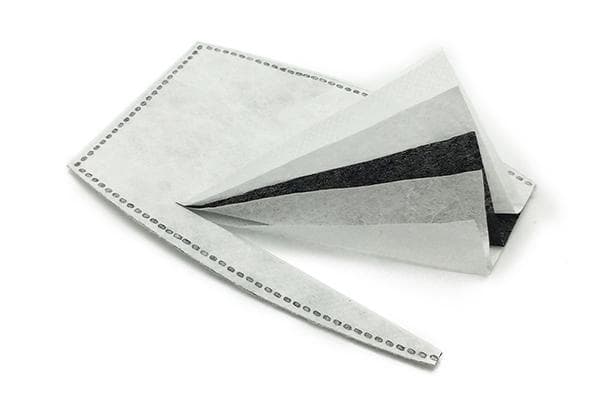
What are mask filters?
Fabric masks by themselves do not protect against viruses or even dust. Viruses range in size from 0.01 to 0.5 microns, and dust ranges from 1 to 100 microns. For comparison, 1 micron is 0.001 millimeters. To retain such small particles and prevent penetration into the mucous membranes, special non-woven materials or cartridges with filter filling (for example, with activated carbon) are used.
Carbon filter
The most popular for use in everyday life, factories and factories is the carbon filter. It contains a sorbent that absorbs harmful substances. The degree of protection depends on the manufacturer. The filter can only filter large solid particles, but can have the highest class of protection, saving you from viruses (this effect, unfortunately, cannot be reproduced at home).
Types of carbon filters:
- Inserts. The basis is a filter non-woven material. Most often, the filter has several layers and is inserted into the pocket of a fabric mask.
- Ammo. Used for respirators, half masks and full face masks. There is activated carbon inside the filter.
Types of filters
Filters for masks are distinguished by purpose: for respirators, fabric masks. They also differ in protection class:
- FFP1. This class has disposable respirators with filters that capture from 75 to 80% of contaminants that come with the air. Retain coarse dust: cement, coal, wood and metal shavings. Suitable for cleaning apartments and houses, for carpentry, carpentry and repair work.
- FFP2. Blocks from 89 to 94% of all contaminants. The products do not allow fine dust, liquid aerosols, or dolomite dust to pass through. Used in various industries.
- FFP3. The highest protection class. Respirators with this marking block up to 99% of all substances, including bacteria, viruses, and fungal spores.
Read more about filters and gas masks that protect against viruses Here.
According to the US Centers for Disease Control and Prevention, a series 95 respirator protects against coronavirus. The analogue in Russia is considered to be products with a protection class of FFP2.
Sorbents, non-woven fabrics, and HEPA filters are used as filter materials. The effectiveness of a protective mask (respirator) is determined as a whole. It is important that it fits tightly to the face and does not impede breathing.
How to make a filter with your own hands?
The Internet is filled with various master classes on making not only masks, but also filters for them. What they don’t suggest using as a filter layer:
- toilet paper;
- cotton wool;
- napkins and disposable towels;
- feminine sanitary pads;
- dust bags for vacuum cleaner;
- spandbond;
- various technical filter fabrics.
The selected material is folded into several layers and cut to fit the size of the mask. Often it is placed between fabric layers.To make the mask reusable, it is better to make a special pocket for the filter.
It is impossible to reliably say whether a homemade filter protects against viruses by at least 30-40%. No tests have been carried out on this. Of course, a homemade device cannot guarantee complete protection - industrial technologies have been improved for several decades to obtain such a result.
WHO recommends that the population make their own good old cotton-gauze bandages from 3-7 layers of bandage (gauze) and 1 layer of cotton wool.
Terms of use
Most filters can be recycled. Washing or ironing leads to damage to the material and loss of filtering properties. Some manufacturers allow treatment with antiseptics or irradiation with ultraviolet rays to extend service life.
The duration of filter use can vary from 2–6 hours (for cotton wool) to 10 days (for respirator cartridges). The earbuds typically last 8-72 hours.
The base of the mask must be treated daily. Fabric products are washed and ironed on both sides. Reusable respirators are mostly disinfected with UV lamps.
The presence of a filter in the mask increases its effectiveness. For guaranteed protection, it is better to use replacement earbuds from the manufacturer that have passed tests. If this is not possible, you can make it yourself using available materials. Spandbond and cotton wool received the most positive reviews.
